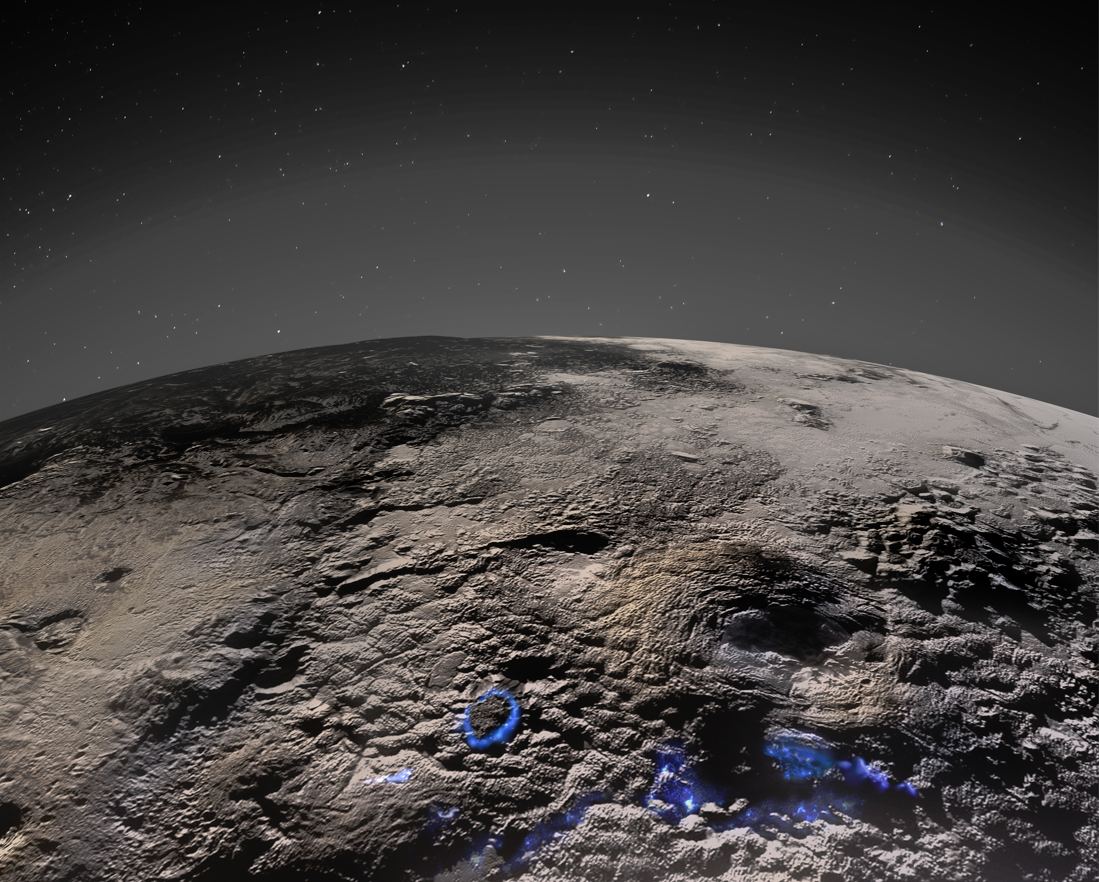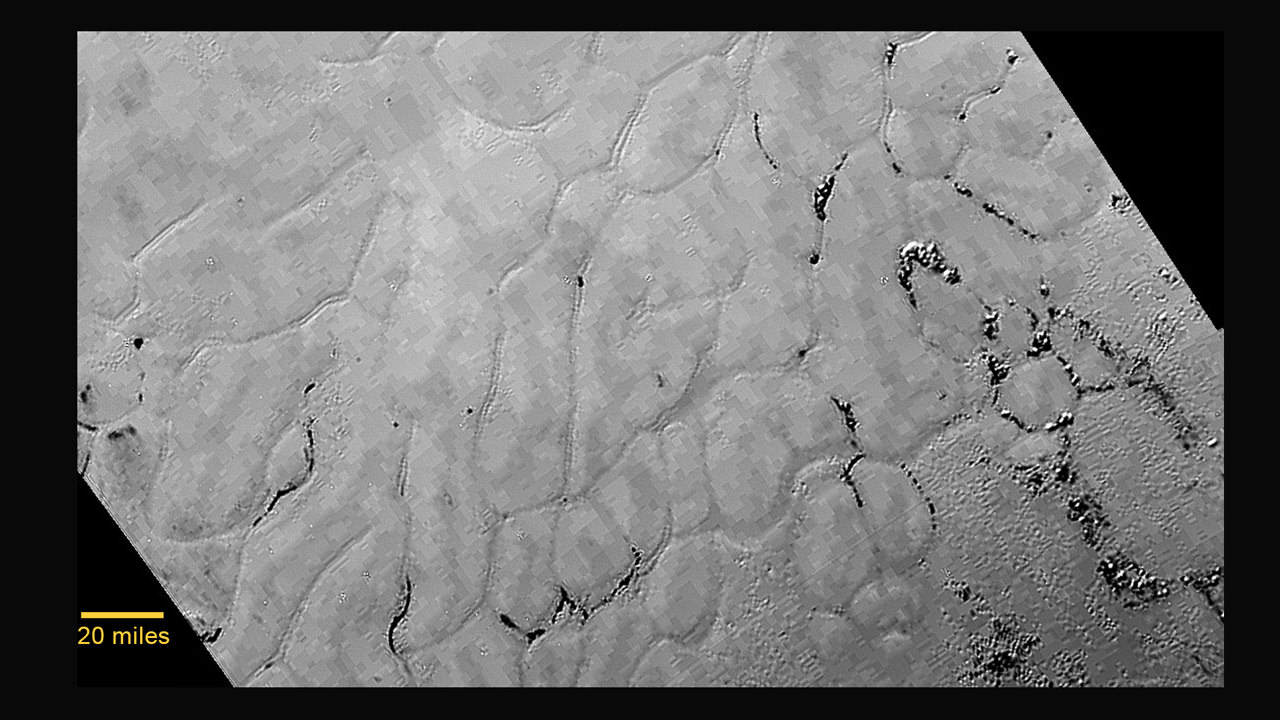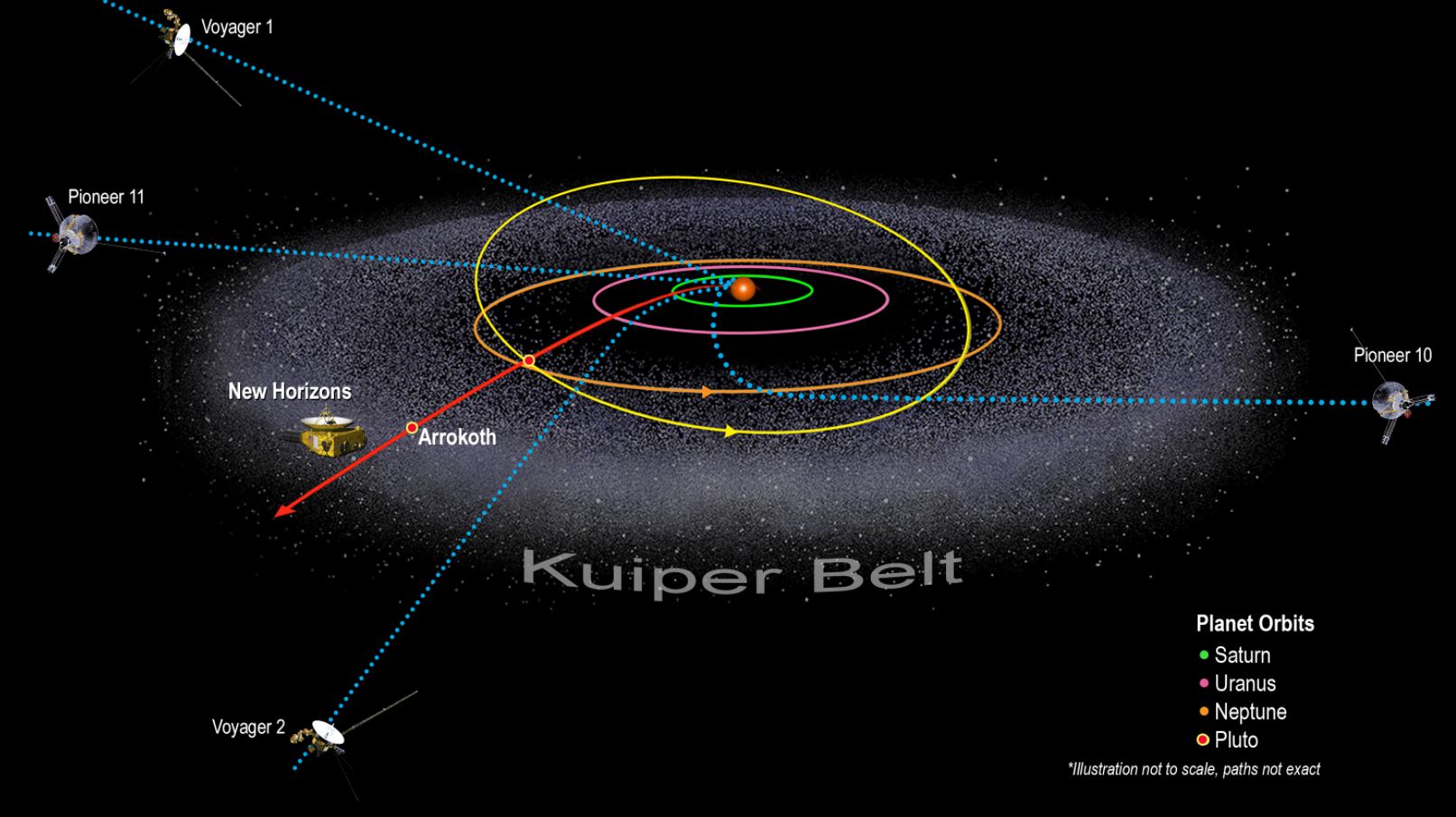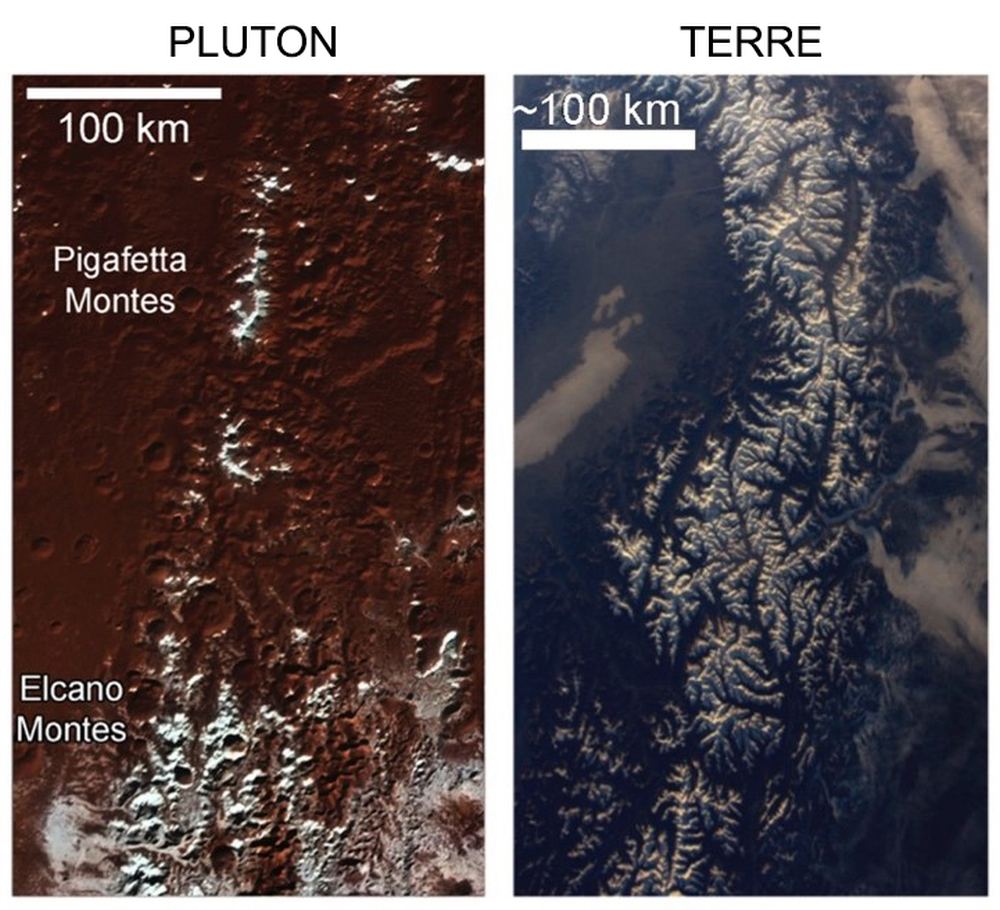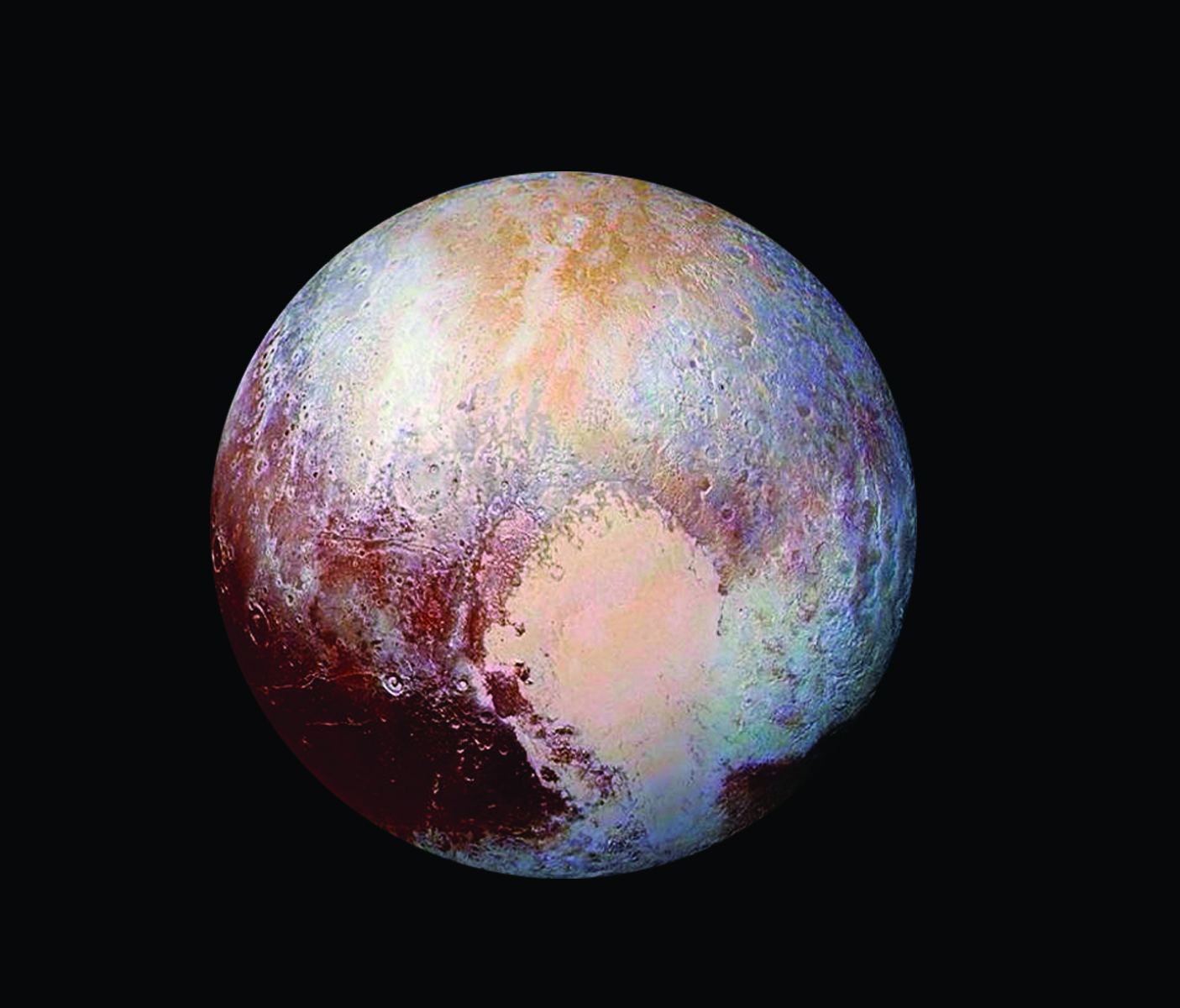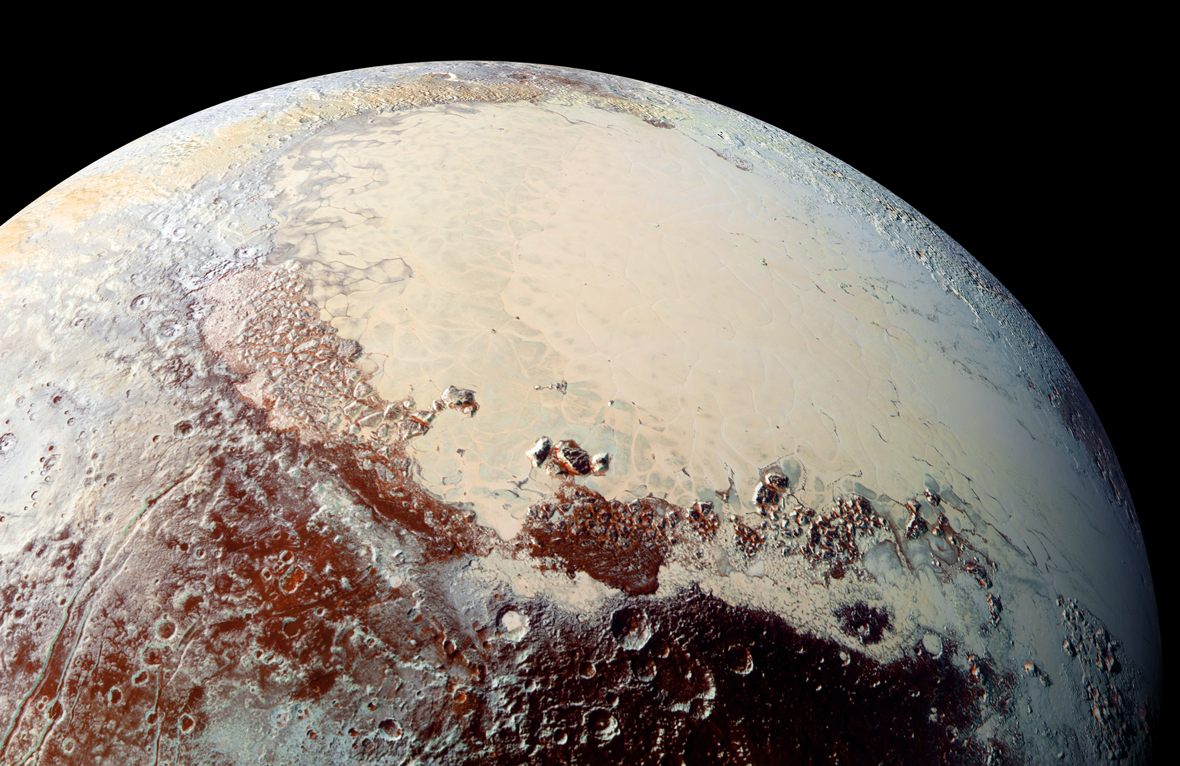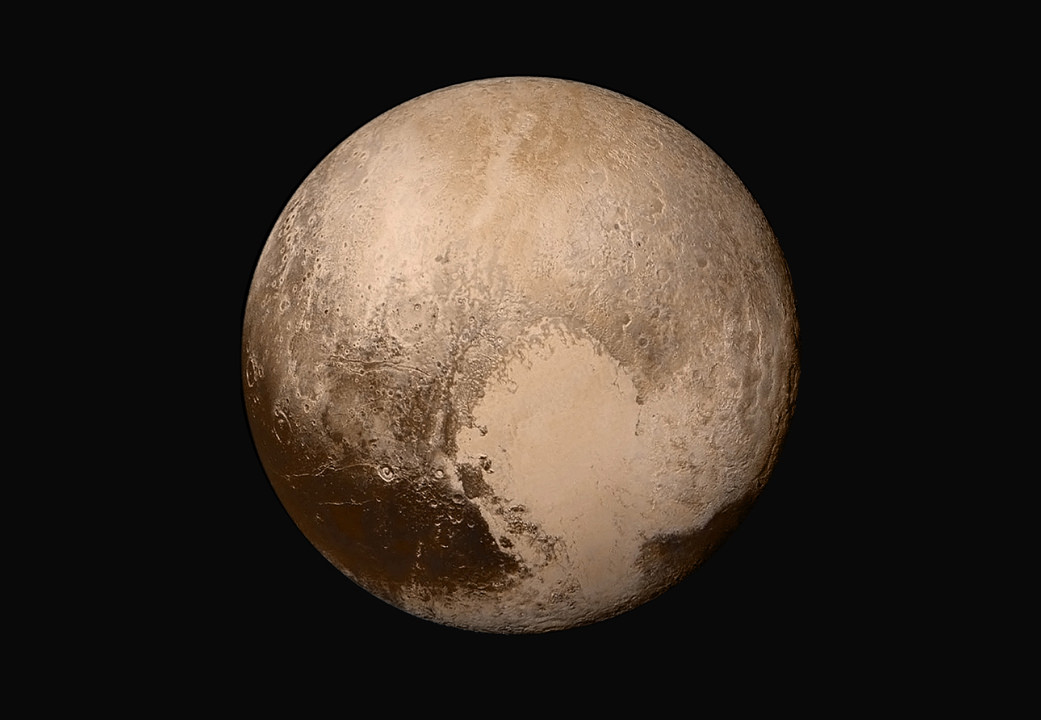For all of Earth’s geological diversity and its long history, the planet has never had ice volcanoes. But Pluto has. And that cryovolcanism has shaped some of the ice dwarf’s surface features.
The resulting structures are unique in the Solar System.
Continue reading “Pluto’s Surface was Shaped by Ice Volcanoes”
